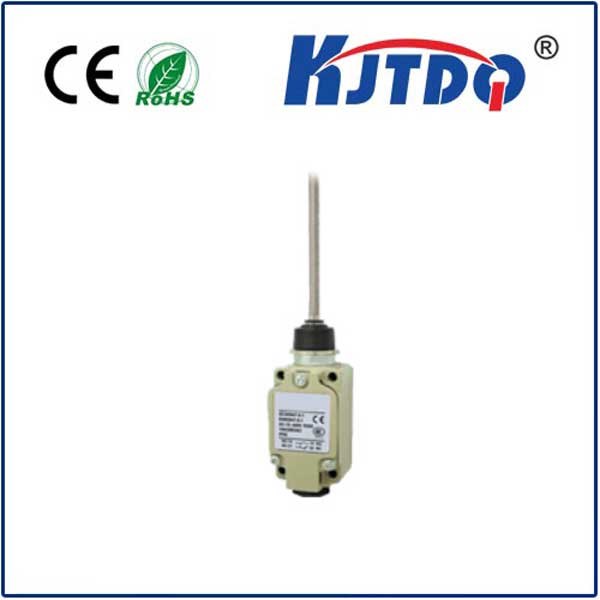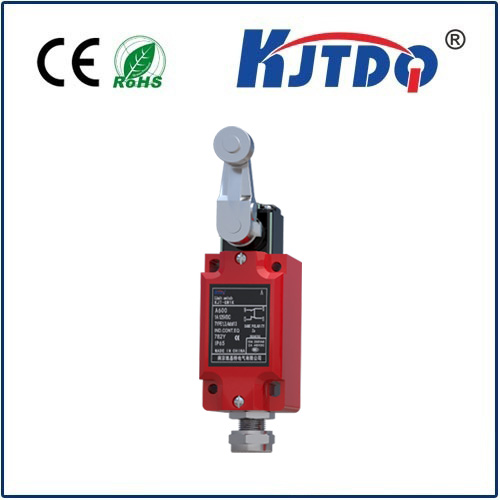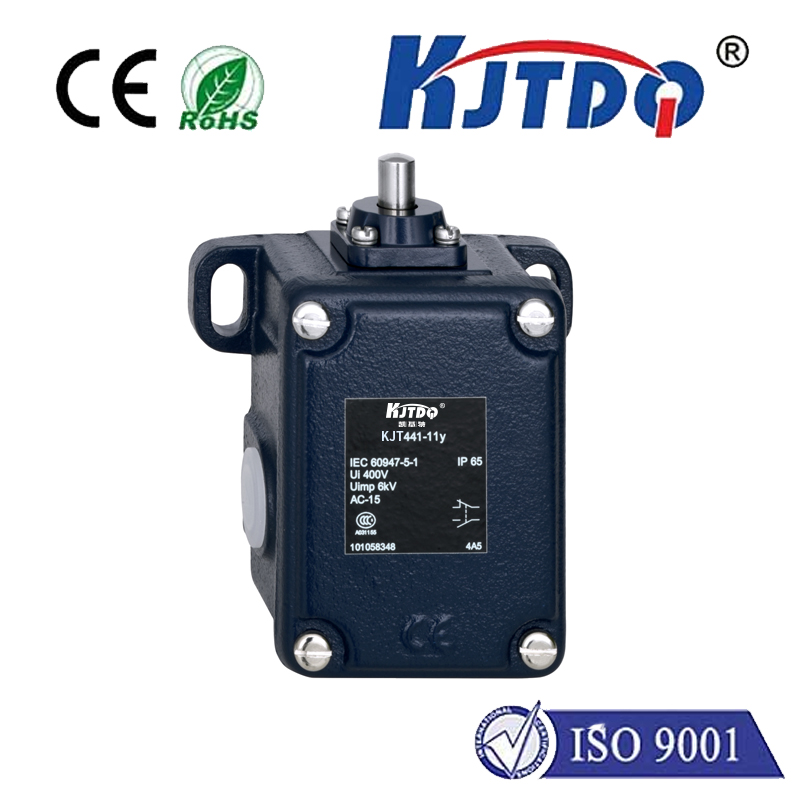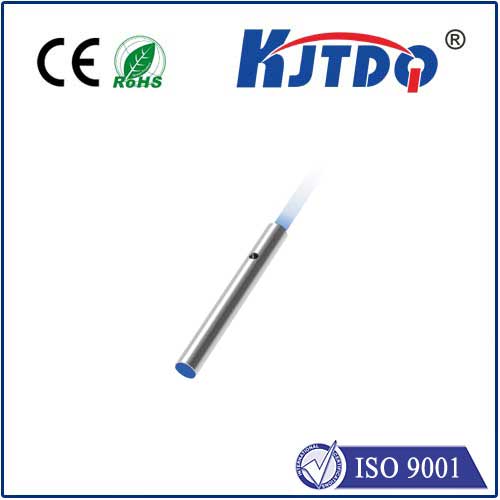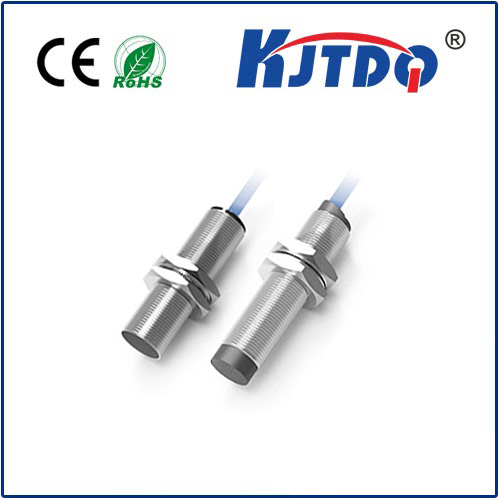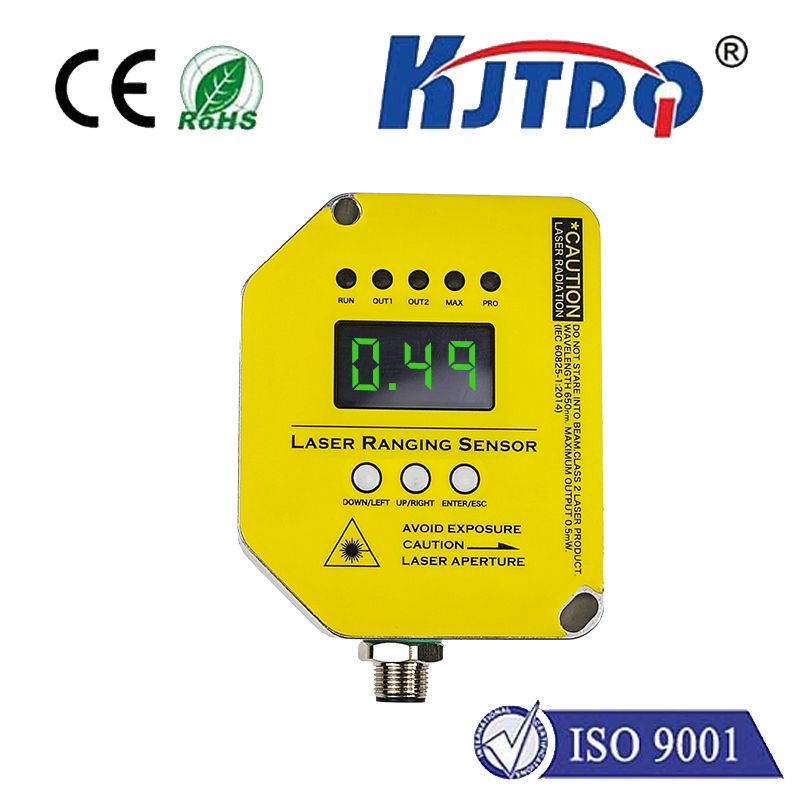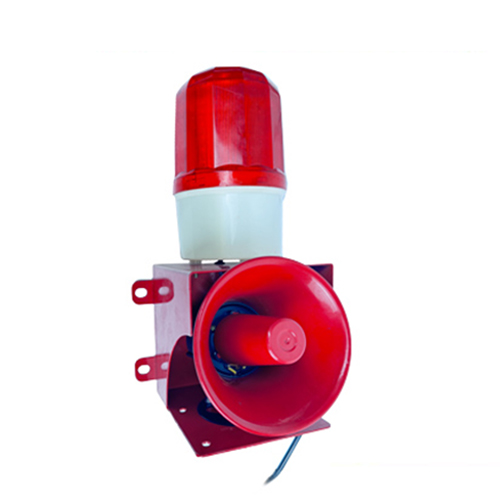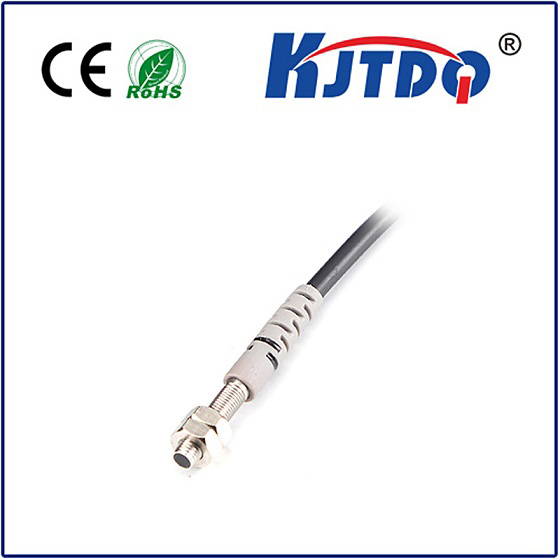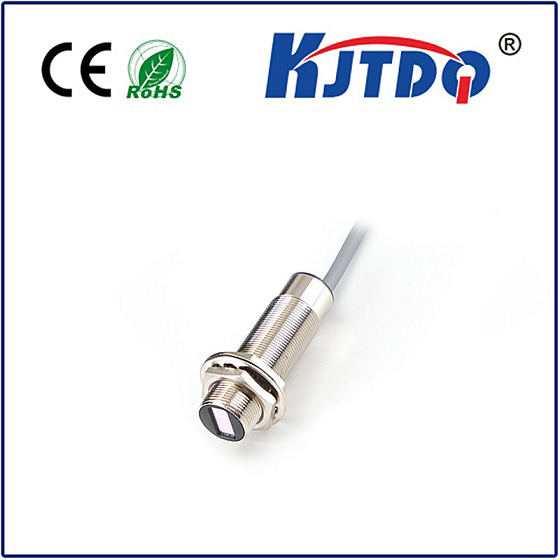

check

check

check

check

check

check

check

check

check

check
Title: Understanding the Role of Limit Switch in Boiler Operations
Introduction to Limit Switch in Boiler Operations
The boiler is a complex mechanical device that converts heat energy into steam or hot water for various industrial and commercial applications. One of the essential components of a boiler is the limit switch, which plays a crucial role in ensuring safe and efficient operation. A limit switch is a mechanical or electrical device that detects the opening or closing of a door, lid, or cover and sends a signal to the control system. In this article, we will discuss the significance of limit switches in boiler operations and their types.
Types of Limit Switches Used in Boilers
There are mainly two types of limit switches used in boilers: mechanical limit switches and electronic limit switches.
1. Mechanical Limit Switches:
These are the traditional type of limit switches that use a spring to close the contact path when the door or lid is closed. When the door or lid is opened again, the spring releases, allowing the mechanism to move. Mechanical limit switches are relatively simple and cost-effective but may wear out over time, leading to false alarms or malfunctioning.
2. Electronic Limit Switches:
Electronic limit switches use an electronic circuit to detect the opening or closing of the door or lid. When the door or lid is opened, an electric current flows through a coiled wire, causing a magnetic switch to open. Conversely, when the door or lid is closed, the electric current is interrupted, and the switch closes. Electronic limit switches are more durable than mechanical switches and can operate reliably even with heavy loads. They also provide better accuracy and reliability compared to mechanical switches.
Role of Limit Switches in Boiler Operations
Limit switches play a critical role in ensuring safe and efficient operation of boilers. Here's how they contribute to safe and reliable boiler operation:
1. Safety Protection:
Limit switches help safeguard the operator from hazardous situations by providing timely alerts when the doors or lids of the boiler are opened or closed. This protection prevents accidental exposure to dangerous chemicals or equipment parts that could cause injury or death. It also ensures that only authorized personnel can access the boiler area without risking harm.
2. Maintenance Management:
Limit switches help maintenance personnel monitor the condition of the boiler's doors and lids. By detecting when these components are open or closed, they can identify potential issues like worn-out seals, loose hinges, or damaged components. This information enables maintenance personnel to schedule repairs before major problems arise, reducing downtime and improving overall system efficiency.
3. Load Control:
Limit switches also assist in load control by monitoring the movement of doors and lids in relation to the boiler's operating conditions. By detecting changes in these parameters, they can provide accurate feedback on the boiler's performance and adjust accordingly. This helps maintain optimal operating conditions, ensuring maximum efficiency and safety throughout the heating process.
Conclusion
Limit switches play a vital role in ensuring safe and efficient operation of boilers in various industrial and commercial settings. Their importance cannot be overstated as they protect operators from hazardous situations, facilitate maintenance management, and support load control. By selecting the appropriate type of limit switch based on their specific application requirements, manufacturers can design robust and reliable boiler systems that meet industry standards and customer expectations.
